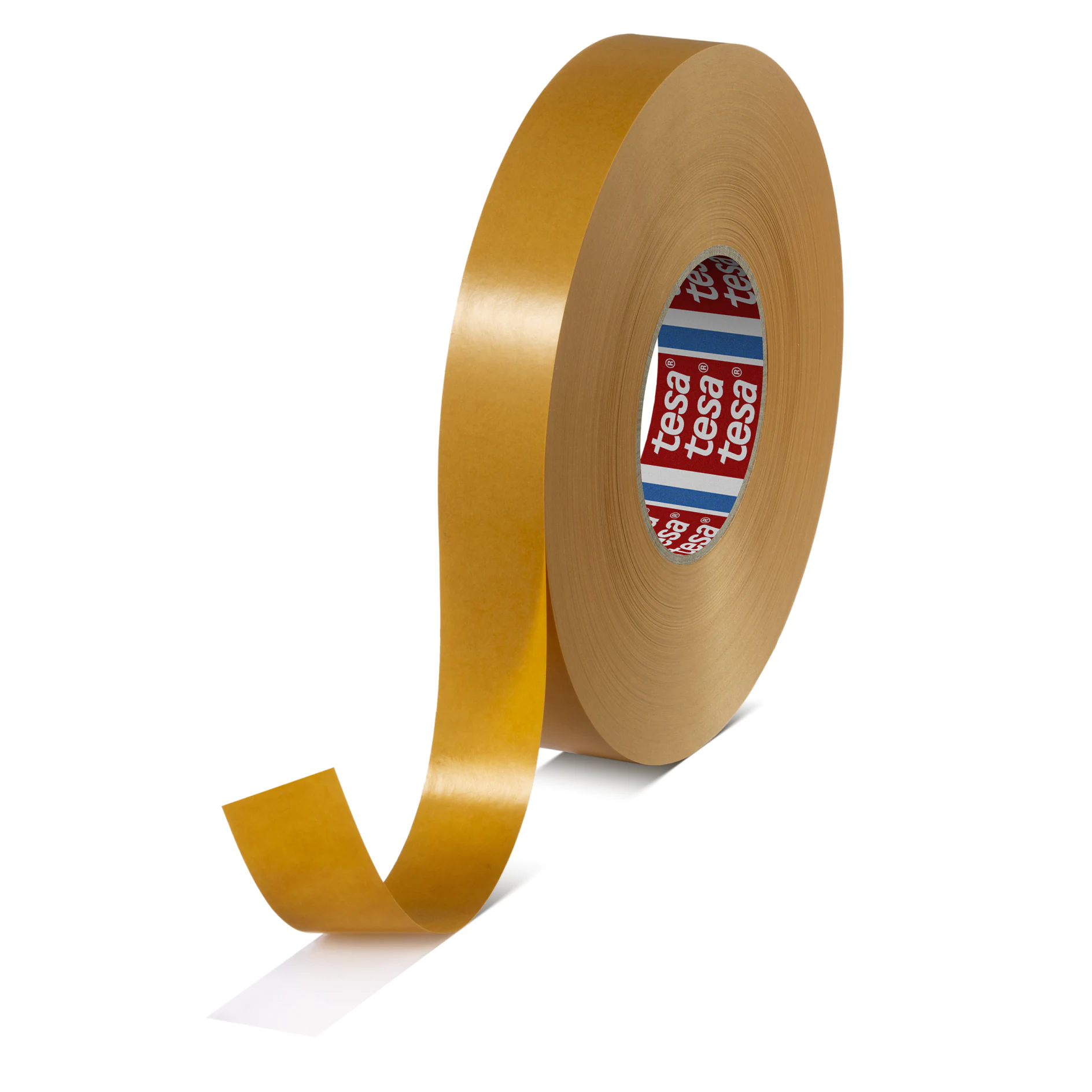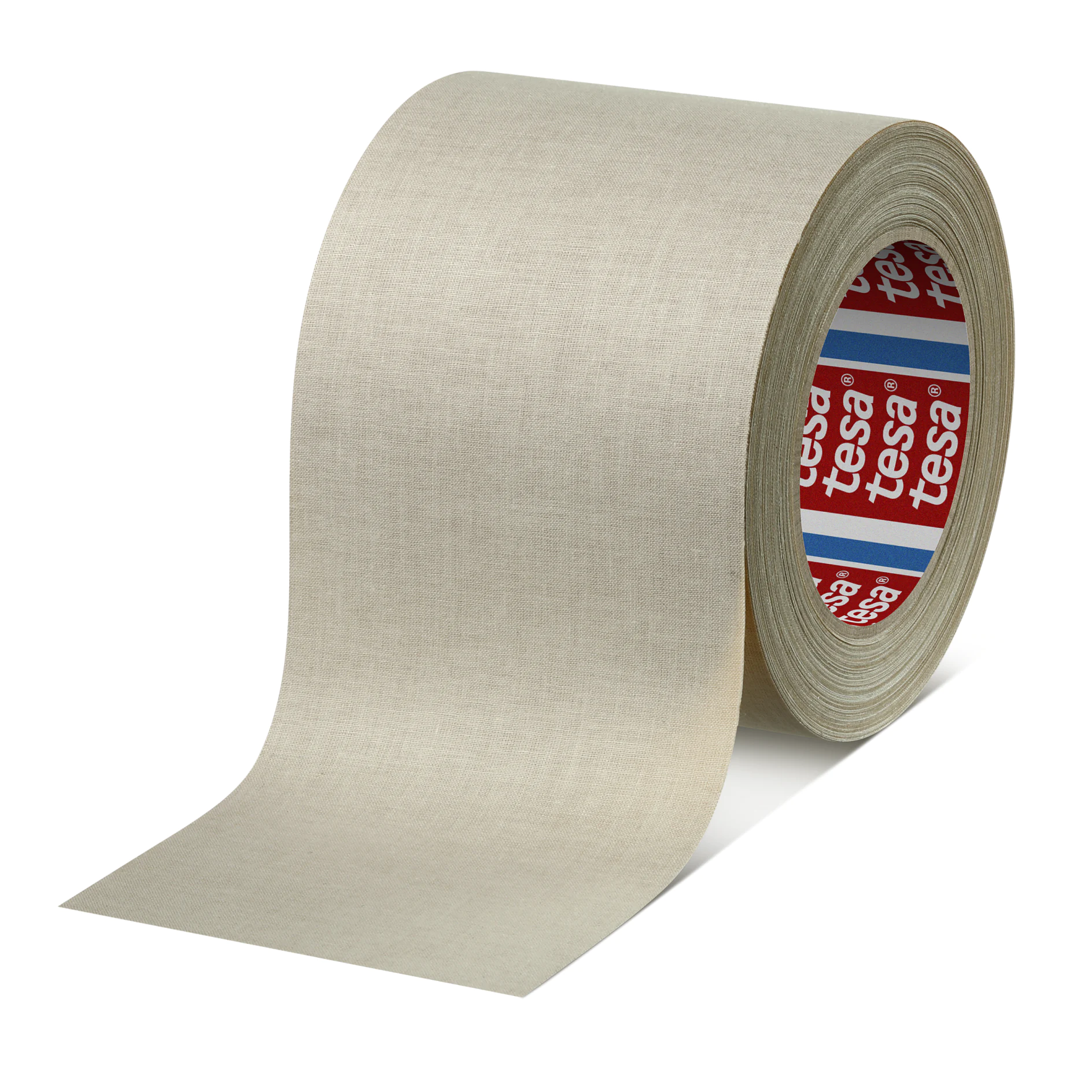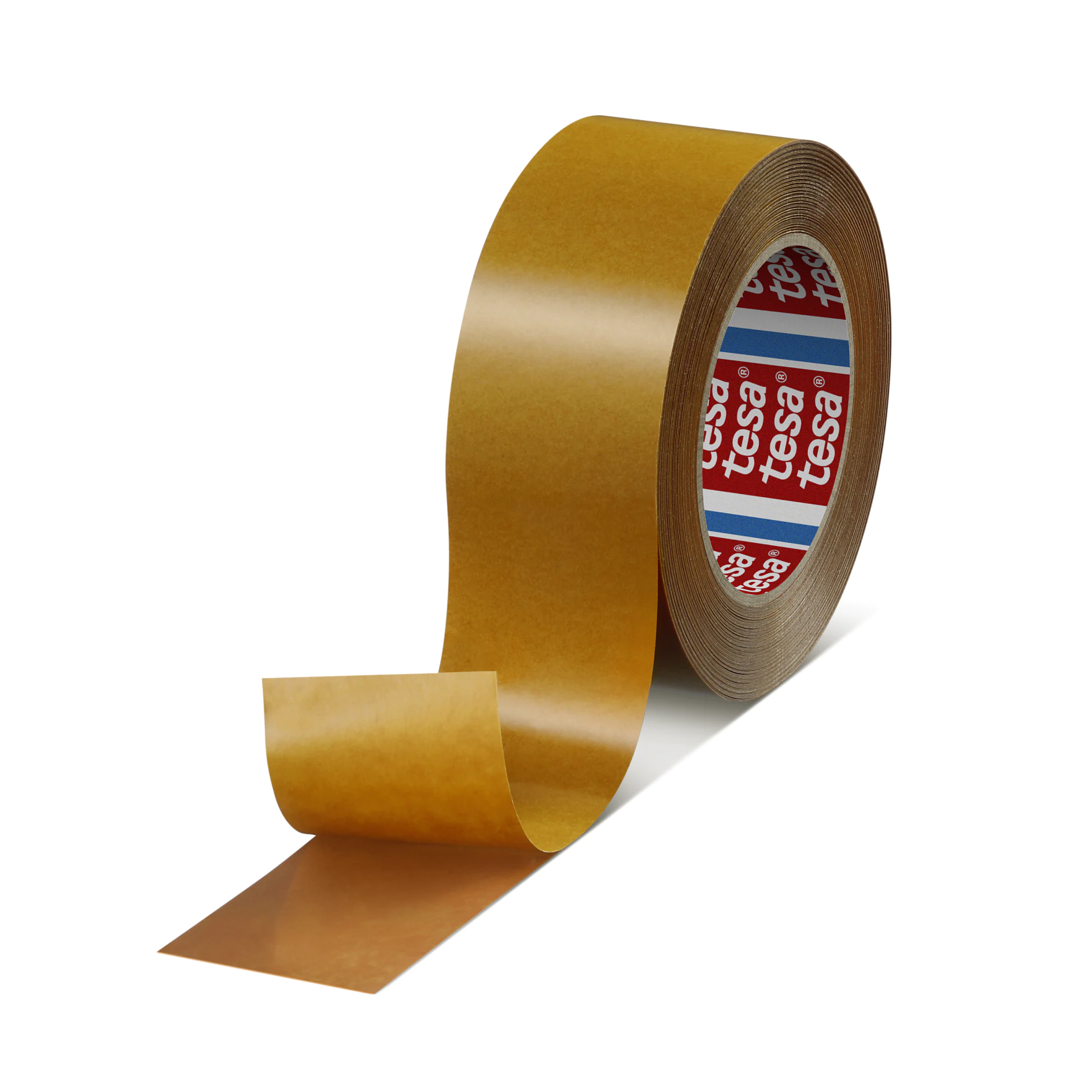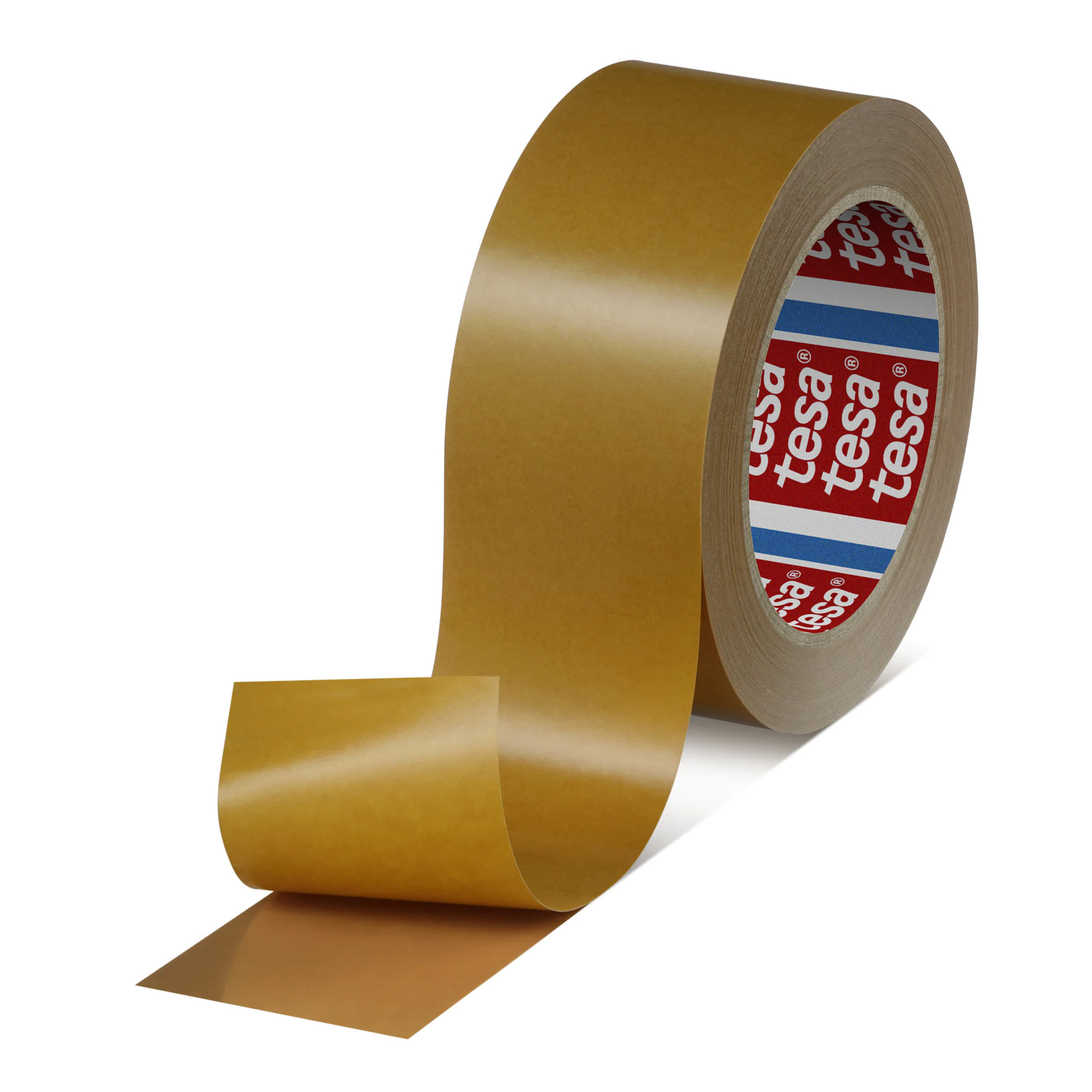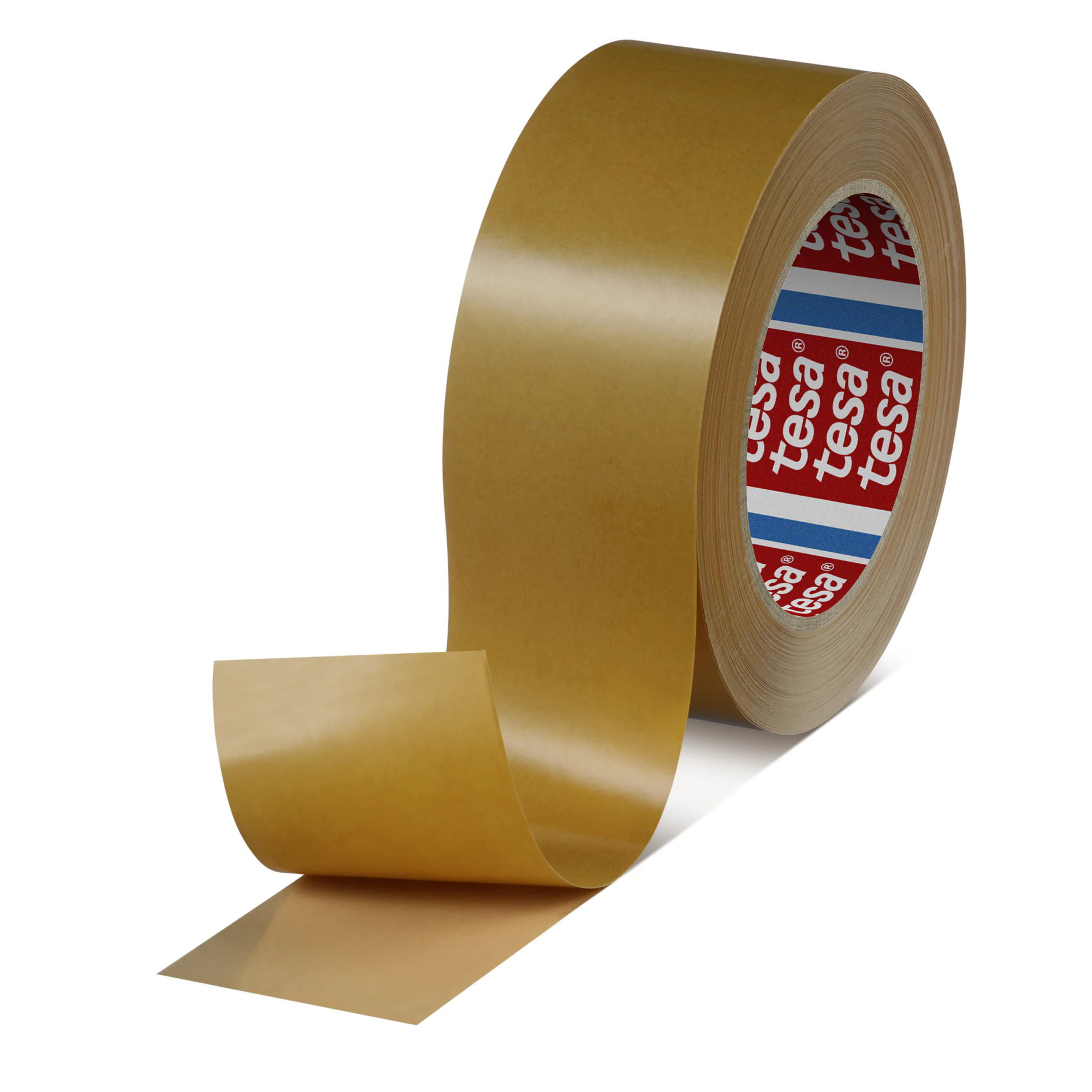Additional Info
Technical Recommendations:
Please note that optimal parameters strongly depend on the type of machine, particular materials for card bodies, antenna material or chip-modules as well as individual customer requirements. The bonding time depends on the heat transition of the used substrates. Additionally we recommend a cooling step directly after the bonding step. Thereby pressure should be applied until film temperature decreases below softening temperature (aprrox. 110 °C).
Example for Embedding DI-Card Modules:
The following data are recommendations for the initial set-up of machine parameters.
1. Pre-lamination:
During pre-lamination, the adhesive tape is laminated onto the module belt. This step can be performed inline or offline. An accurate pre-lamination is in particular important for HAF 8414 ACF in order to ensure a good adhesion and a good conductivity inside of the final product.
Machine setting:
2. Conductive Bonding:
The pre-laminated modules are die cut from the module belt, positioned and then permanently bond to the substrate by heat. For this step, the exact handling depends on the type of the implanting line used. Today, two different ways are most common:
Single step process - Machine setting (low temperature):
Multiple step process (2 or more heating stamps) - Machine setting:
¹ Temperature as measured inside the heating stamp
Storage Recommendations:
The product should be stored in a dry environment at room temperature. The shelf life under recommended storag
Please note that optimal parameters strongly depend on the type of machine, particular materials for card bodies, antenna material or chip-modules as well as individual customer requirements. The bonding time depends on the heat transition of the used substrates. Additionally we recommend a cooling step directly after the bonding step. Thereby pressure should be applied until film temperature decreases below softening temperature (aprrox. 110 °C).
Example for Embedding DI-Card Modules:
The following data are recommendations for the initial set-up of machine parameters.
1. Pre-lamination:
During pre-lamination, the adhesive tape is laminated onto the module belt. This step can be performed inline or offline. An accurate pre-lamination is in particular important for HAF 8414 ACF in order to ensure a good adhesion and a good conductivity inside of the final product.
Machine setting:
- Temperature 130 - 150 °C
- Pressure 4 - 6 bar
- Time 1,5 - 3,0 s
2. Conductive Bonding:
The pre-laminated modules are die cut from the module belt, positioned and then permanently bond to the substrate by heat. For this step, the exact handling depends on the type of the implanting line used. Today, two different ways are most common:
Single step process - Machine setting (low temperature):
- Temperature¹ 160 – 180 °C
- Pressure 15 - 35 bar
- Time 2,0 – 4,0 s
- Temperature¹ 180 – 200 °C
- Pressure 15 - 35 bar
- Time 1,0 – 1,5 s
Multiple step process (2 or more heating stamps) - Machine setting:
- Temperature¹ 170 – 200 °C
- Pressure 15 - 35 bar
- Time (for each step) 0,7 – 1,2 s
¹ Temperature as measured inside the heating stamp
Storage Recommendations:
The product should be stored in a dry environment at room temperature. The shelf life under recommended storag

